Robotics at the service of humankind
Focus
Focus
Category Facet
Custom Facet
Search Results
-
Web Content Article · written-by LUCIA ALGISI on-date Aug 4, 2020 4:49 PM
By 2024, Rimini's beaches will be 100% fit for swimming thanks to the Rimini Optimised Seawater Protection Plan (Piano di Salvaguardia della Balneazione Ottimizzato - PSBO). Discover the most...
psbo Categoria Progetto: Heratech Project Circular Economy Water Project -
Web Content Article on-date Aug 4, 2020 4:26 PM
We monitor the sewerage networks from high up on the European Space Agency's satellites to prevent any damage and take preventive action. Modena and Bologna lead the pilot project. Find out more.
Categoria Progetto: Water Project Innovation -
Web Content Article on-date Aug 4, 2020 4:19 PM
The ultrasound hydrolysis system, installed in the Forlì treatment plant, makes the life cycle of wastewater sludge circular. The result: less sludge to dispose of, and more biogas produced.
circulareconomy Categoria Progetto: Circular Economy Water Project Innovation -
Web Content Article on-date Aug 4, 2020 4:07 PM
We have installed a turbo expander at the R&M stations of Ducati's factory in Bologna. The goal is to recover electricity from the decompression process of methane gas.
circulareconomy Categoria Progetto: Innovation Energy Efficiency -
Web Content Article on-date Aug 4, 2020 4:01 PM
From city to "smart city" thanks to data: with our detection systems we can monitor traffic trends, air quality and consumption of public parks.
utility4.0 Categoria Progetto: Innovation -
Web Content Article on-date Aug 4, 2020 3:44 PM
Modena's smart purification plant is COSTANCE, the prototype of the purification plant of Granarolo dell'Emilia. Two outstanding examples of sustainable water resource management.
utility4.0 Categoria Progetto: Water Project Innovation -
Web Content Article · written-by Palvi Andrea Tonziello on-date Aug 4, 2020 3:40 PM
With our digital payment solutions, you can pay your bills quickly, easily and securely, directly from your smartphone or home PC.
utility4.0 Categoria Progetto: Innovation -
Web Content Article on-date Aug 4, 2020 3:28 PM
To obtain clean energy to power Ravenna's buses by decomposing waste in landfills.
circulareconomy Categoria Progetto: Innovation Circular Economy
Asset Publisher
Thanks to robotics and artificial intelligence we can make our flows more efficient and develop the full potential of individuals and their intellectual capacities. With our Robotic & Intelligent Process Automation platform we have streamlined and seven processes and made them more reliable: find out which ones.
Will the future belong to machines? That is the main question that arises when dealing with issues such as Robotics and Artificial Intelligence. Two disciplines that have literally revolutionized the way we do our business, radically changing its processes.
Predicting the future is not up to us. However, we are certain of one thing: automation processes are the key to increasing the value of the people who work for the Hera Group. Robotics and Artificial Intelligence, in fact, have enabled us to automate all the repetitive and low value-added business processes. By doing so, we can let people have more time for more qualifying activities and enhance their intellectual capacity on processes that generate more value for the company.
Thanks to the Robotic & Intelligent Process Automation platform, a project that is part of our Utilities 4.0 plan, we have obtained significant results, speeding up the process and making the operations more reliable in the 7 processes we have started in recent years: the management of the suppliers' DURC (Unified Certificate of Social Security Payments Compliance), the communications between seller and energy distributors, the seller's Order Entry process, the expense reports, the service notices related to waste management services, the work orders to replace meters in the networks and, lastly, the virtual assistant for planning meetings and booking meeting rooms.
By introducing dashboards that monitor automated activities, we can act promptly on business processes, continually optimizing productivity and efficiency. The aim is to extend the scope of automated processes to new areas thanks to their continuous technological evolution, for example, with tools such as semantic text interpretation engines and optical character recognition (OCR) systems.
The challenge to make our processes smarter and smarter is just beginning.
Search Bar
Tag Facet
Search Results
Asset Publisher

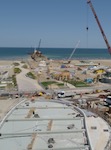


.jpg/468d051b-ba80-83a6-359d-7ef55eefd940)
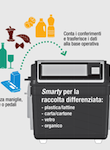

.png/02684bcc-be33-3bb3-daf4-5f1a2d9dac74)

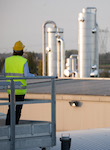
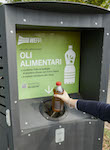


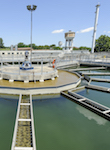
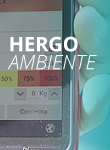
.jpeg/1d0e0770-1094-b22b-fce4-099f27c72978)